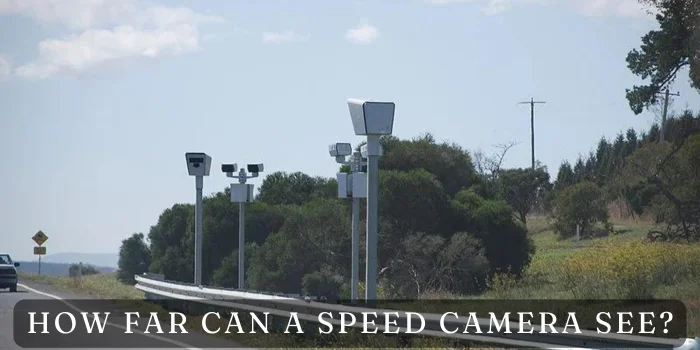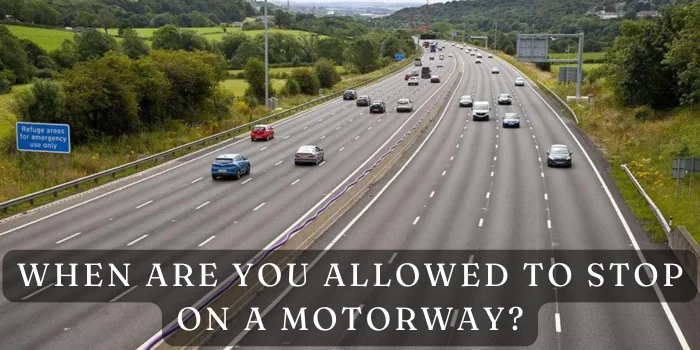Are Scottish Traffic Cameras Different from England’s?
Introduction to Traffic Cameras in the UK
Imagine driving from the misty Highlands of Scotland to the bustling streets of London. Along the way, you’ll likely encounter traffic cameras—silent sentinels designed to keep roads safe. But are these cameras the same across both nations? While Scotland and England share many road laws under the UK’s umbrella, differences in geography, priorities, and even legal nuances create distinct traffic enforcement systems. Let’s buckle up and explore what sets Scottish and English traffic cameras apart.
Legal Frameworks: Scotland vs. England
The Road Traffic Act and Regional Autonomy
Scotland and England both operate under the UK’s Road Traffic Act, but Scotland’s devolved powers allow it to adapt rules to local needs. Think of it like two chefs using the same recipe but tweaking spices—Scotland might add more pepper (stricter rural enforcement), while England adds salt (targeting urban congestion).
How Legislation Influences Camera Use
For instance, Scotland’s higher rate of rural road fatalities has led to cameras being prioritized on high-risk country roads. Meanwhile, England’s focus on reducing gridlock in cities like Birmingham or Manchester shapes its camera placement strategies. Scotland can also trial new tech, like average speed zones, without needing approval from Westminster.
Types of Traffic Cameras in Scotland
Fixed Speed Cameras: The “Gatso” Legacy
Scotland’s roads are dotted with bright yellow Gatso cameras, often stationed near schools or accident-prone areas. These cameras use radar to catch speeders in real-time—like a strict teacher watching over a exam hall.
Average Speed Cameras: The A9 Experiment
Scotland’s A9 highway features a network of average speed cameras that track vehicles over long distances. Instead of measuring speed at a single point, they calculate your pace between two cameras. It’s like grading a marathon runner’s consistency over 26 miles, not just their sprint at the finish line. This system has reduced accidents by 50% on the A9 since its introduction.
Mobile Cameras and Police Enforcement
Police in Scotland often use unmarked vans or handheld devices to catch Speeders. These mobile units pop up unexpectedly, like a pop quiz on a Friday afternoon. Drivers might only spot them when it’s too late—a flash of light signals a £100 fine and three penalty points.
Types of Traffic Cameras in England
Variable Speed Cameras on Smart Motorways
England’s smart motorways use variable speed limits to manage traffic flow. Cameras here adjust dynamically—slowing drivers during rush hour or accidents, then lifting restrictions when roads clear. It’s like a thermostat for traffic, balancing safety and efficiency.
Red Light and Bus Lane Cameras
In cities like London, cameras penalize drivers who misuse bus lanes or ignore red lights. These devices act as digital bouncers, ensuring only authorized vehicles (like buses or cyclists) access restricted zones. Get caught, and you’ll face a £130 fine—a steep price for cutting corners.
ANPR Systems: Beyond Speeding
England’s Automatic Number Plate Recognition (ANPR) cameras do more than track speed. They scan plates to identify uninsured vehicles, expired tax discs, or even stolen cars. It’s like a barcode scanner at a grocery store, but for law enforcement.
Placement Strategies: Urban vs. Rural Priorities
Scotland’s Focus on Rural Roads
Scotland’s cameras often guard treacherous rural routes, like the winding A82 near Loch Ness. With fewer streetlights and more wildlife, these roads demand vigilance. Cameras here act as guardians, nudging drivers to slow down before a sharp bend or hidden farm entrance.
England’s Urban Congestion Challenges
In England, cameras cluster in cities to tackle gridlock and pollution. London’s Ultra Low Emission Zone (ULEZ) cameras, for example, fine high-pollution vehicles entering the city center. It’s a high-tech approach to untangling urban traffic snarls.
Enforcement and Penalties: A Comparative Look
Fines and Penalty Points: Same or Different?
Both nations impose a standard £100 fine and three penalty points for speeding. However, Scotland’s courts can hike fines up to £2,500 for extreme cases—like driving 50 mph in a 30 mph zone. England caps fines at £1,000 unless the case goes to court.
Appeals Process: Cross-Border Complications
If you’re an English driver fined in Scotland (or vice versa), appealing requires navigating the issuing nation’s legal system. Scottish appeals go through local courts, while English challenges are handled by the Traffic Penalty Tribunal. It’s like trying to return a purchase to a store in another country—possible, but rarely straightforward.
Public Perception and Controversies
The “Revenue Generation” Debate
Critics in both nations argue cameras prioritize profit over safety. In England, bus lane cameras in London generated £58 million in fines in 2022 alone. Scottish critics point to mobile speed traps on quiet roads as “easy targets.” Authorities counter that fines fund road safety programs—like recycling tax dollars into better infrastructure.
Community Trust in Surveillance
Scots generally view cameras as tools for safety, especially after the A9’s success. In England, trust is shakier—many drivers see cameras as Orwellian overreach. A 2023 survey found 62% of Scottish drivers support speed cameras, compared to 48% in England.
Technology and Innovation
AI Integration: Who’s Leading?
England is piloting AI-powered cameras that predict accidents by analyzing traffic patterns. Scotland, meanwhile, is upgrading cameras to handle harsh weather—think heated lenses for snowy Highlands roads.
Future Trends in Traffic Management
Both nations are exploring “connected” systems where cameras communicate with smart cars. Imagine your GPS warning you about a speed camera before it’s visible! Scotland’s rugged terrain may slow this rollout, but England’s motorways could adopt it sooner.
Data Privacy and Usage Policies
England shares camera data with agencies like the DVLA and police forces. Scotland retains tighter control, limiting access to reduce misuse. Think of it as the difference between a public Instagram account and a locked diary.
Conclusion:
Whether you’re navigating Edinburgh’s cobblestone streets or London’s orbital motorways, traffic cameras are here to stay. Scotland’s rural focus and legislative flexibility give it a unique edge, while England’s tech-savvy systems tackle urban chaos. The bottom line? Drive mindfully—those cameras aren’t going anywhere.
FAQs
Do Scottish speed cameras operate 24/7?
Yes! Many are active round-the-clock, especially average speed zones on major highways.
Can English councils install speed cameras without government approval?
Yes—local authorities in England can deploy cameras, but they must follow national guidelines.
Are there fewer speed cameras in rural England compared to Scotland?
Generally, yes. England focuses cameras on urban areas, while Scotland prioritizes rural danger zones.
Do penalty points from Scotland affect my English driving license?
Absolutely. The UK’s Driver and Vehicle Licensing Agency (DVLA) tracks points across all nations.
How accurate are mobile speed cameras in bad weather?
Most use laser or radar tech, which remains reliable in rain or fog. However, heavy snow might temporarily disrupt readings.


